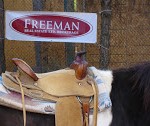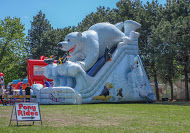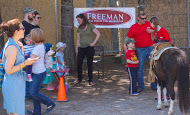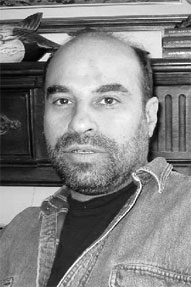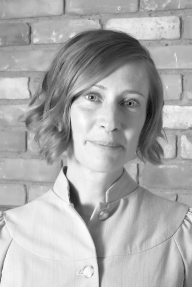The Scary Side of Real Estate
Wednesday, October 8th, 2014With the spectre of Halloween hanging over our heads, we thought, what better time than now
to discuss the prospect of buying a home that was the scene of a grisly murder, horrific suicide
or the site of some other unsavoury incident or activity.
The first question you need to ask yourself is do you care if the previous owner was found
hanging from the rafters or that the house was a drug den for meth heads. If not, go on your
merry way. But if learning that a tragic murder occurred within its walls bothers you perhaps
you’re best to ask a few questions first.
Realtors are obligated to disclose information about homes that are stigmatized – the term
used for a property that buyers avoid for reasons that have nothing to do with its physical
condition. But if an agent doesn’t know the house’s history, then there is nothing that holds the
realtor culpable.
Unfortunately, in Ontario a seller is not legally obligated to disclose any information about
murders, suicides, or any other gruesome fact that might have happened in the home. There
have already been many calls for clearer legislation, but this area of the housing market
remains rather grey. Drawing a clear line between important and unimportant information can
be difficult. For example, if neighbours believe a house accommodated an illegal marijuana
grow op, though never proven in court, does that make the house stigmatized?
It’s thought that stigmatized properties or houses widely believed to be haunted thanks to a
murder or suicide typically drops in value. A Realtor.com survey from October 2012 showed a
surprising 29 per cent of consumers would consider buying a haunted home on one condition
– that the home was substantially discounted at 20 per cent or more off an otherwise similar
home.
According to Toronto real estate lawyer Mark Weisleder, in the city’s red-hot real estate
market, an Ossington Ave. house took 16 months and several listing agents before selling in
2013 for $73,000 below the asking price of $973,000. The reason? The single-family house was
the scene of a murder in 2011.
Interest in stigmatized properties has prompted the start up of several websites such as
www.DiedinHouse.com, a U.S.-based site founded in 2013 that claims to instantly search over
118 million death records. There is a fee involved and currently the site is not set up to search
properties outside of the U.S.
The scary side of real estate is well documented by Silicon Valley realtor Mary Pope-Handy in
her Haunted Real Estate blog, which offers scads of info on eerie properties, spirits and the
supernatural, properties that would be deemed stigmatized.
Housecreep.com is a crime discovery website developed by Toronto brothers Robert and
Albert Armieri. Visitors can submit an address and see whether a crime was committed on the
property. The site currently has over 24,000 addresses entered and about the same number of
events listed.
Weisleder says it’s not a bad idea for sellers to sign a clause saying that they are not aware of
issues relating to murder, suicide and grow ops. You can also scour the internet for info about
a property’s past. But your best line of defense involves shoe leather. Speak to neighbours in
the area of the house. They’re likely to tell you if those walls witnessed more than their share of
criminal or objectionable activity.

